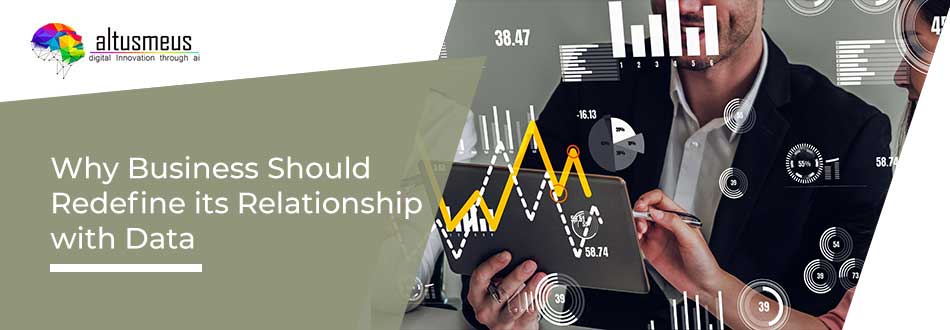One of the biggest challenges facing supply chain leaders is the availability of data. The world of data has become so large and so complex that it is often difficult to identify the right data to support the right decision. If a supply chain leader is struggling to understand the right data to use in making decisions, they are wasting valuable resources. The decision-making process is not always clear, and the right data can help to eliminate the guesswork.
Real-time data, in the form of metrics, is changing the way that business decisions are made. It is no longer enough to rely on historical data to make decisions since this can be out of date by the time it is gathered. Even more importantly, real-time data allows businesses to respond to events as they happen. The challenge for business leaders is to understand how to interpret and use this data effectively without getting bogged down in the data itself.
Data is the new gold and a lucrative resource that businesses should tap into. However, a lot of organizations are still using data in a passive way. However, the new vision of a data-driven organization that is data-informed, data-informed, data-informed is becoming the new norm.
A lot of data and analytics experts say that data storytelling will be the most employed analytics method in the coming future.
Why Organizations Need Data Storytelling
Data stories are a big hit with the big data crowd, but of course, not all data is interesting, and not all data is useful. However, for anything to be useful, it has to be communicated. In this day and age, data has a tendency to pour out of the world, and into our lives. The challenge is to make sense of it and routinely share it with the world.
Here are a few advantages of data storytelling:
1. Data storytelling enables end-users to understand and absorb data with more coherence than ever before. It is one of the easiest ways to educate anyone about a subject. It is also the most effective way to get people to engage with your data to the point where their understanding is enhanced.
2. The need for data storytelling has become more and more apparent in the digital era. Data storytelling is the art, science, and craft of making insights more accessible. We are experiencing an explosion in data and information in the form of data and information volume. In the present age, with the help of advanced technologies such as AI assistants, voice, and visualizations, storytelling relays only the most consequential data via bite-sized insights that are both contextualized and personalized to the user.
3. As artificial intelligence and machine learning are becoming more pervasive in shaping the world, data storytelling is on the rise. It has become a powerful tool for data scientists and data analysts to understand and interpret the data they collect.
4. Data Storytelling is the practice of interpreting complex data into a narrative that helps us make sense of the data we are handling and understand how it relates to the future. Data Storytelling is often used in business to help decision-makers, investors, and managers make sense of the changing business environment.
5. Data storytelling is just one of the many ways AI can improve companies and their overall business and decision-making. With the support of an AI tool, data storytelling can be faster, more accurate, and much more thorough, thus eliminating the need for a large group of expensive data analysts and opening the door for businesses of all sizes to access and utilize their data to make better business decisions.
Final Words
Data storytelling is becoming more relevant and important as businesses try to understand their data and what it means for the company. By ingesting the data and presenting it in an easily digestible format, businesses are able to make better, more profitable decisions when it comes to using their data to tell the story of their customers.





